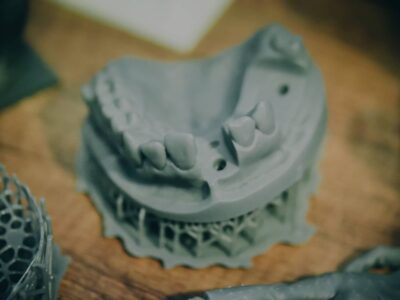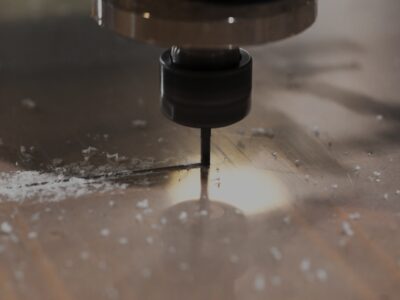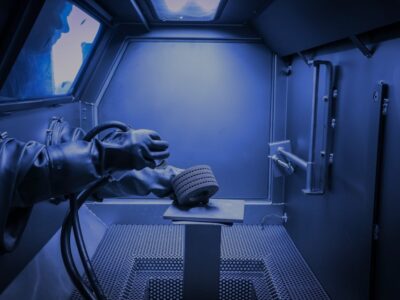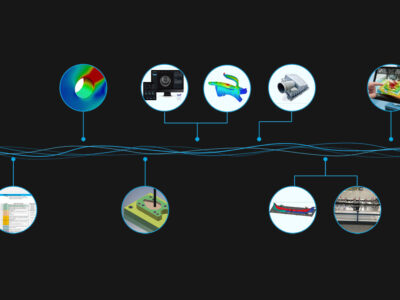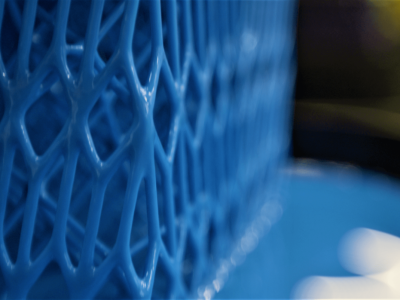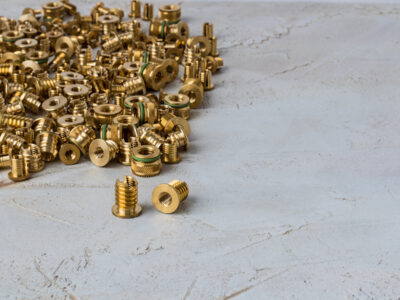Originally published on fastradius.com on August 4, 2021
Stereolithography (SLA) is a method of additive manufacturing also commonly known as resin 3D printing. SLA is a vat photopolymerization technology comprising three core components — a build platform, a light source, and a resin tank. SLA machines operate by using a laser or other light source to cure liquid resin into hardened plastic, a process capable of producing high-accuracy prototypes and parts that are isotropic, watertight, and have smooth surface finishes.
While fused deposition modeling (FDM) tends to be more widely known and rose to popularity sooner, SLA was actually the first 3D printing technology to be patented. Since the advent of the technology in the 1980s, SLA techniques and machines have continued to develop as more advanced material options have become available. This article will offer a quick crash course on the history of this versatile and useful process.
The origins and invention of stereolithography
While credit for inventing the process is typically given to American innovator Chuck Hull, stereolithography has a more complex original story. While Hull coined the term “stereolithography” and filed to patent the technology in 1984 (he received approval in 1987), the roots of the process date back to the early 1970s when Japanese engineer Dr. Hideo Kodama innovated the mechanism still employed by SLA machines today: using light to cure photosensitive polymers into solid shapes. Kodama also developed two other methods for manufacturing plastic parts using photosensitive thermoset polymers and received a patent for an XYZ plotter in 1981.
Around the same time that Hull was working on his patent, French inventors Alain Le Mehaute, Olivier de Witte, and Jean Claude André were also developing their own SLA process. In a curious twist of fate, the trio filed patents for their SLA technology three weeks before Hull — only to have their applications abandoned because their employer, the French General Electric Company, didn’t see the new process as having much commercial potential and opted not to move forward with the process.
The rise of SLA printing
While SLA proved to be an immediate success — with many large companies quickly embracing the technology for rapid 3D prototyping by the end of the 1980s — FDM printing proved to be the more popular technology. This was due in part to the development of the small-format desktop FDM printer, which made the technology much more accessible to manufacturers of all sizes, from hobbyists to industrial-scale operators.
Desktop SLA printers became available in 2011, making it easier and more affordable for non-industrial manufacturers to benefit from the process’ unique set of advantages.
SLA opened many new opportunities for manufacturers in industries from jewelry to dental, allowing for far greater levels of customization and precision. Customized dental aligners proved to be an ideal early test case and have since become one of the most-produced parts made using SLA printers.
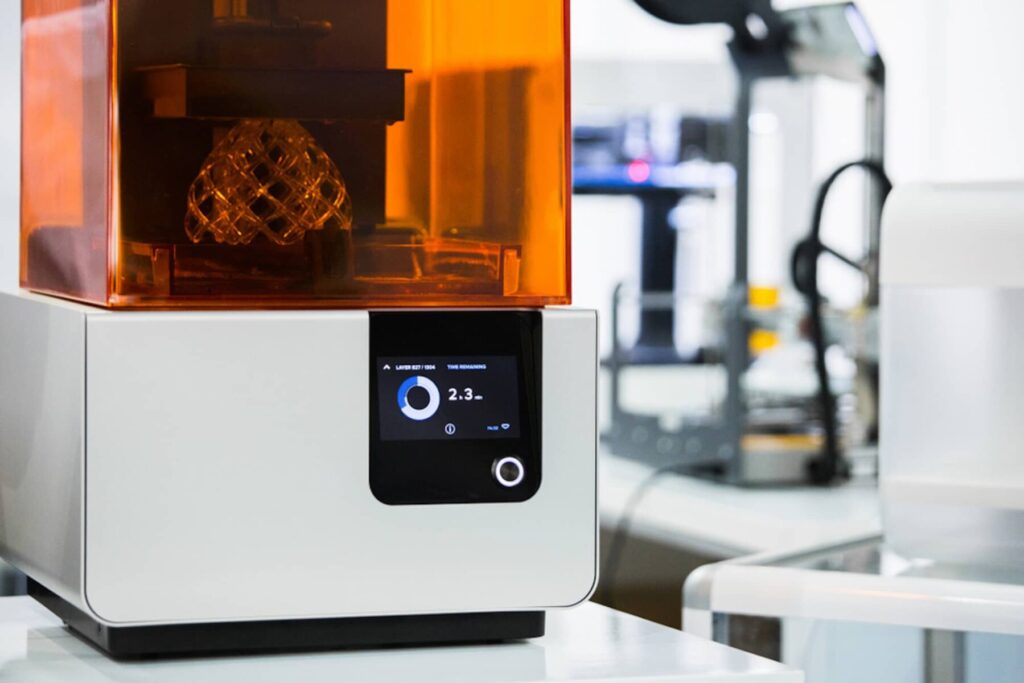
Latest innovations in stereolithography
Recent developments in stereolithography technologies are poised to revolutionize how we think about manufacturing and production yet again. For instance, a recent study found that large-scale cell-laden hydrogels can be used in organ transplantation and tissue repair procedures. The new technology prints 10-15 times faster than standard industrial 3D printers — a marked improvement over previous versions. The technology is projected to play a role in the future development of 3D-printed organs and tissues in the coming years.
Dental manufacturers are beginning to use SLA printing for more than customized aligners, as well. In fact, items from surgical guides and models to retainers and temporary prosthetics can now be manufactured from a wide range of materials using additive. These include flexible components for patient comfort, rigid high-impact resins that resist wear, and more.
Bring your designs to life with stereolithography
At SyBridge, we have an experienced team of engineers and designers working at the cutting edge of modern manufacturing, and SLA printing is just one of the tools in our toolkit. If you’re looking to design parts that are accurate and precise, isotropic, have fine features and a smooth surface finish, and are printed using production-grade resins, contact us today. Let’s make something incredible!
